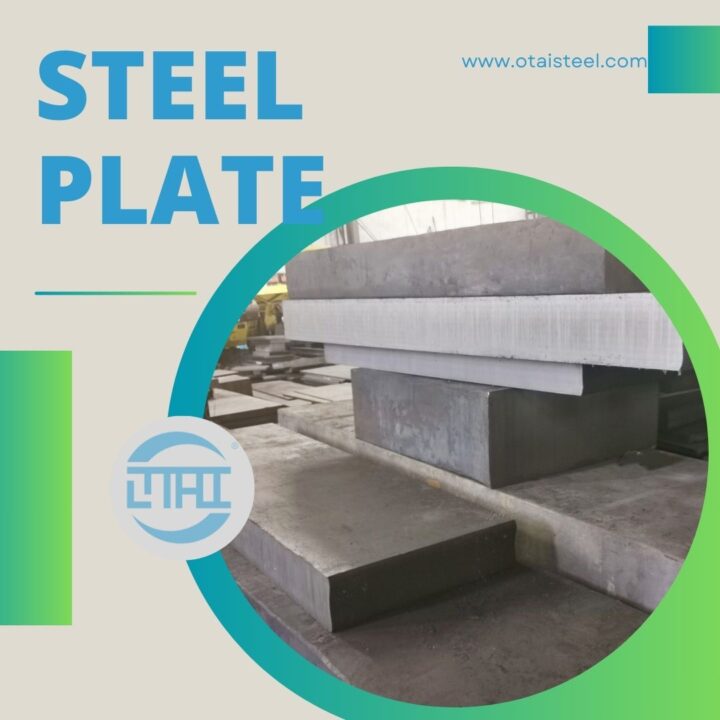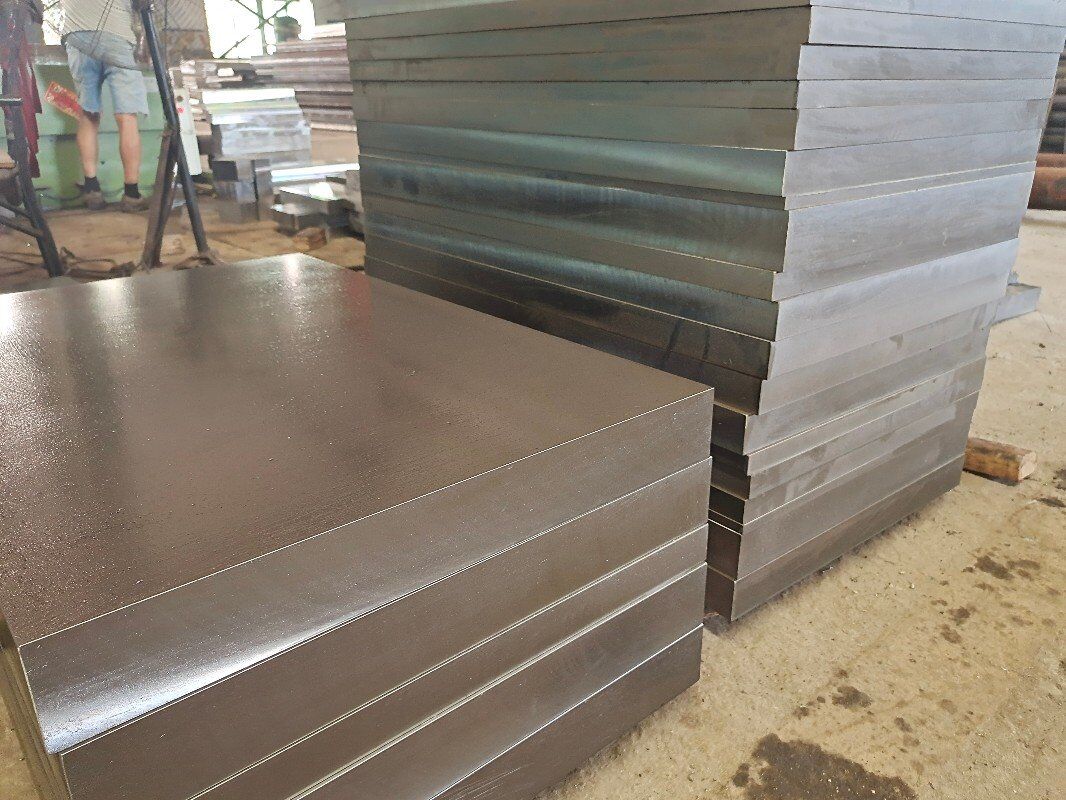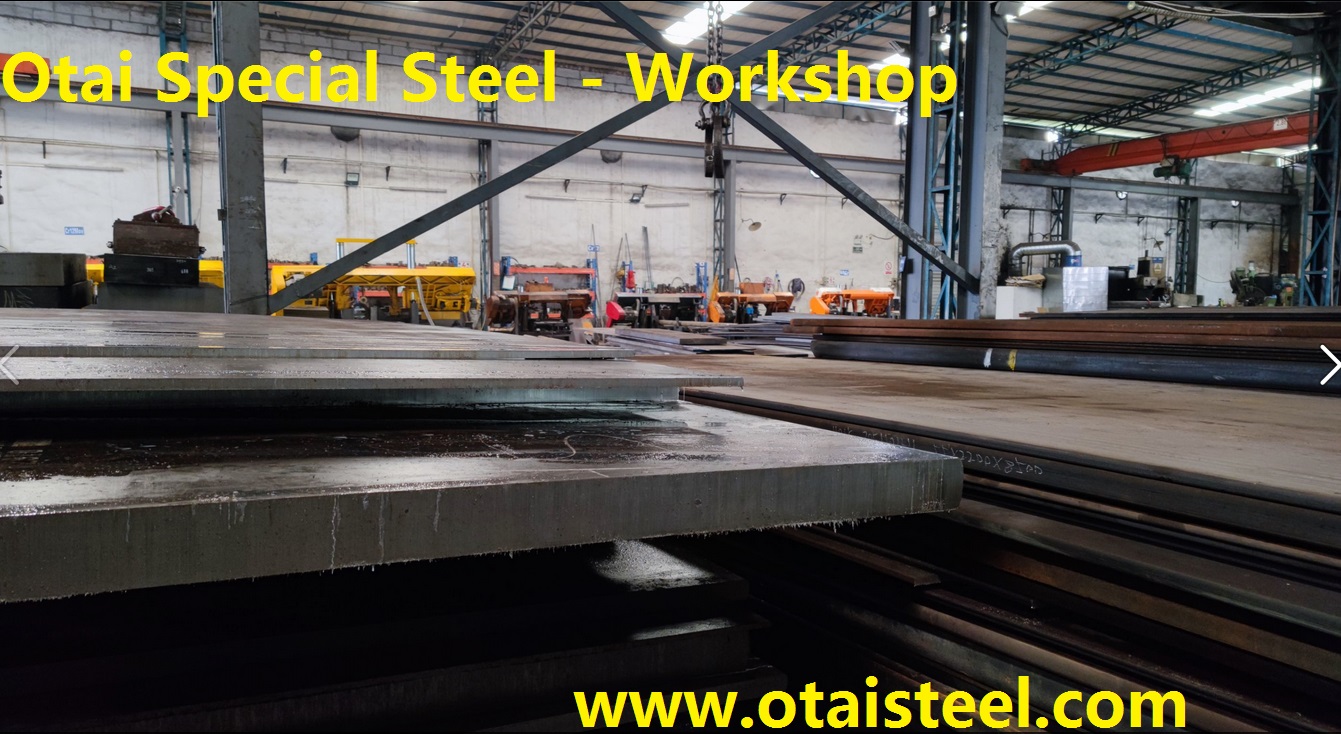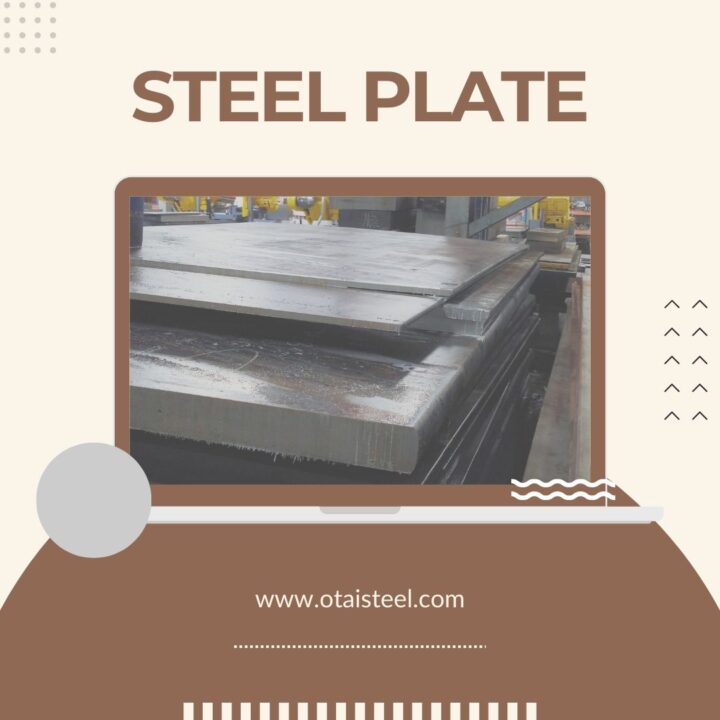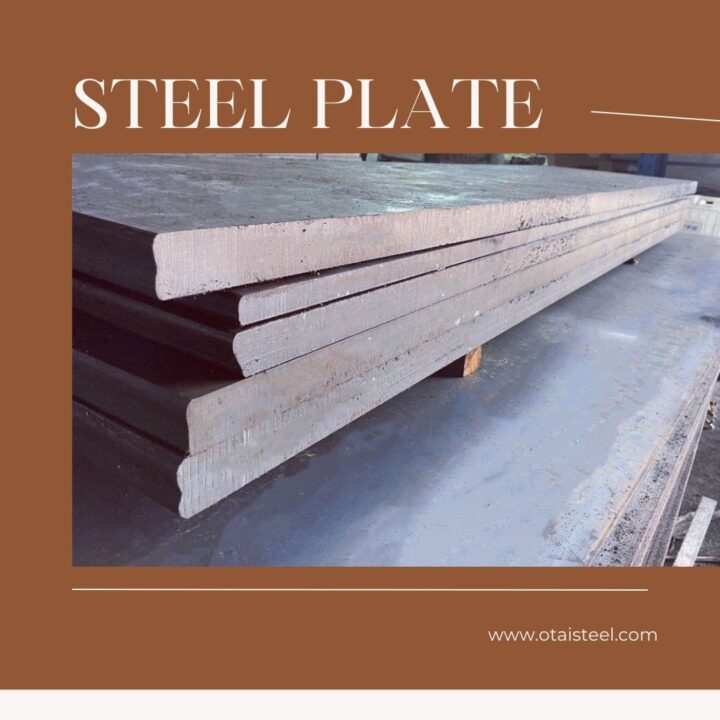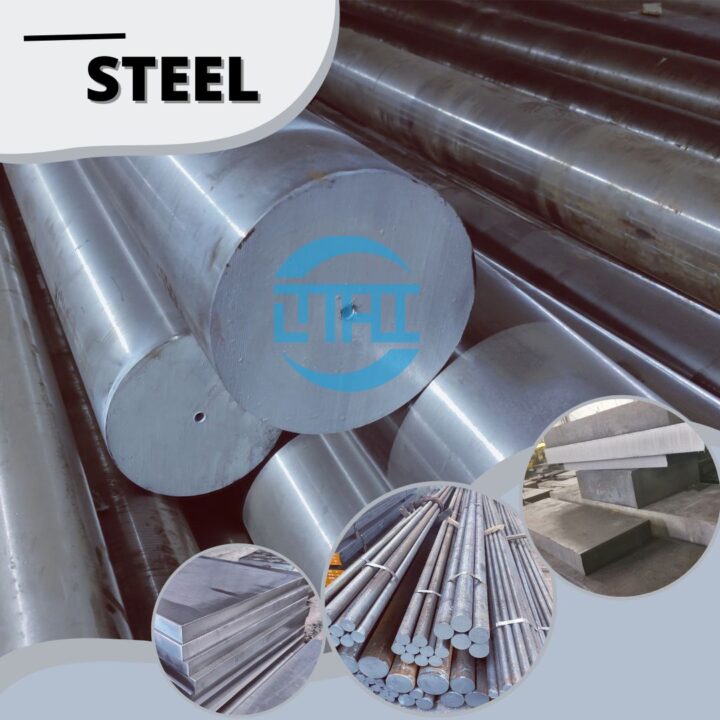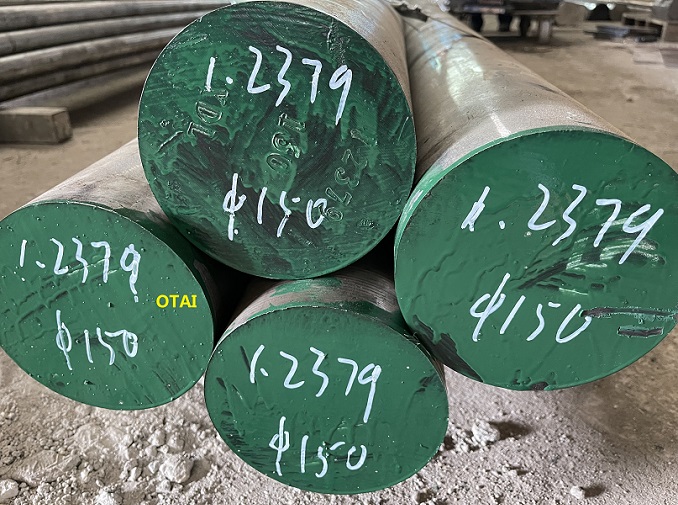At room temperature, 8620 steel exhibits impressive tensile strength, ductility, and impact resistance. These properties have established its use in critical components, including gears, shafts, and fasteners, in various mechanical systems. However, understanding its performance at elevated temperatures is vital, especially in applications where heat is a significant factor.
Effect of Elevated Temperatures on 8620 Steel
As temperatures increase, the mechanical properties of 8620 steel can be affected, potentially impacting its performance and reliability. Let’s explore how it responds to key mechanical properties at elevated temperatures.
Tensile Strength and Ductility
At elevated temperatures, the tensile strength of 8620 steel tends to decrease gradually. The reduction in strength is a result of the loss of the material’s crystal lattice structure, leading to decreased load-carrying capacity. Additionally, ductility may also decrease at higher temperatures due to increased mobility of dislocations in the crystal structure.
Impact Resistance
The impact resistance of 8620 steel can be affected by elevated temperatures. As the material undergoes thermal expansion, it may become more susceptible to cracking and fracturing under impact loading.
Creep Resistance
Creep is the phenomenon of plastic deformation that occurs over time under constant stress and elevated temperatures. While 8620 steel possesses good creep resistance compared to some other materials, it can still undergo creep deformation at extremely high temperatures and prolonged stress exposure.
Fatigue Strength
The fatigue strength of 8620 steel at elevated temperatures is also a crucial consideration, especially in applications involving cyclic loading. As the temperature rises, fatigue life may decrease due to enhanced dislocation movement and microstructural changes.
Applications at High Temperatures
Despite the changes in mechanical properties, 8620 steel remains valuable in applications requiring strength and toughness at elevated temperatures. It is commonly used in components for engines, exhaust systems, and industrial machinery operating under high-temperature conditions.
Challenges and Considerations
Designers and engineers must consider the changes in mechanical properties when using 8620 steel at elevated temperatures. Proper material selection, heat treatment, and engineering practices can help mitigate potential issues.
Future Prospects
As industries continue to explore higher temperature applications, there is an ongoing interest in developing new alloys or optimizing existing ones like 8620 steel to meet future demands.
By understanding the behavior and limitations of 8620 steel at high temperatures, engineers can make informed decisions to ensure optimal performance and reliability in their designs.
